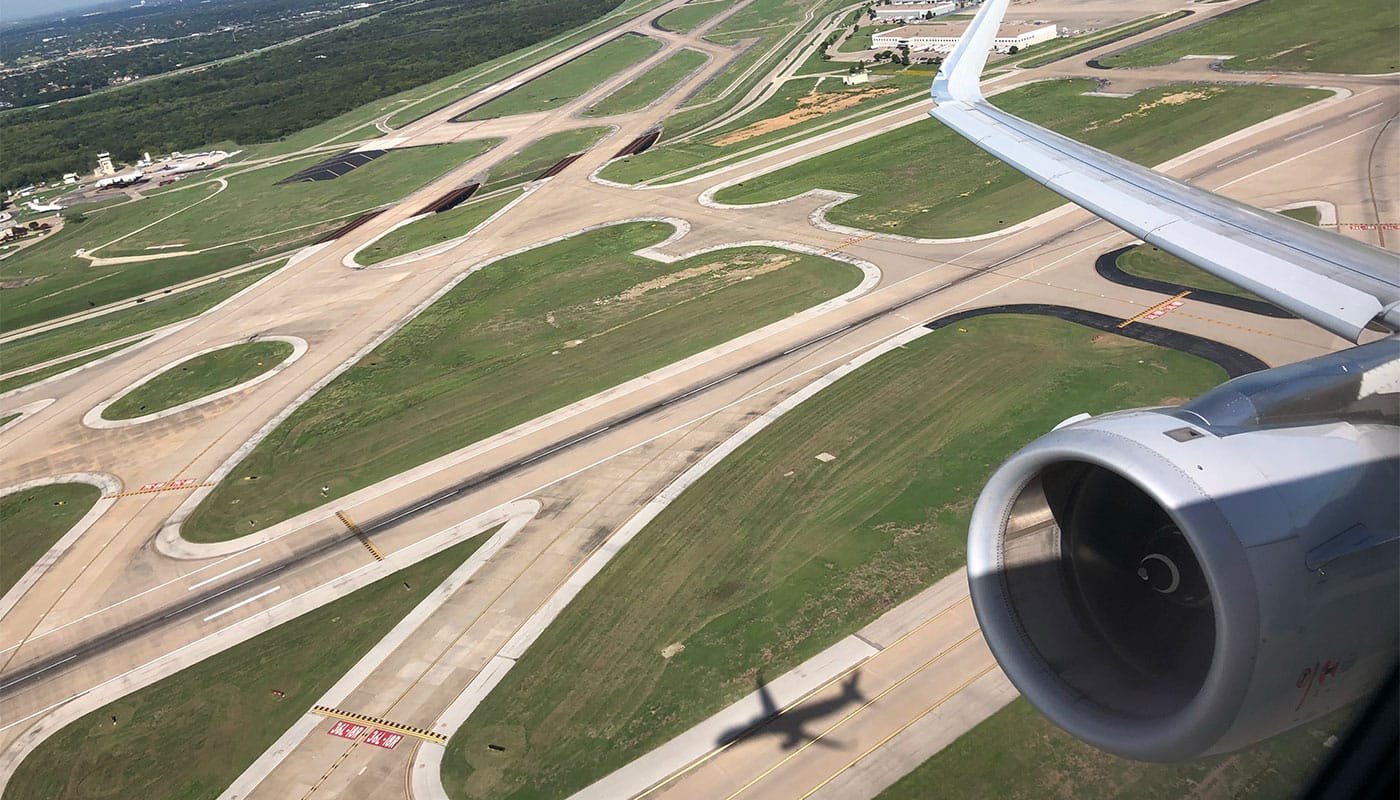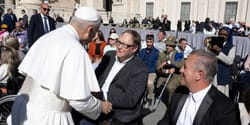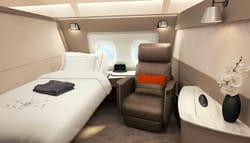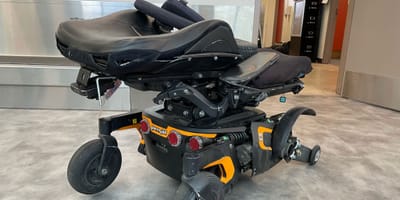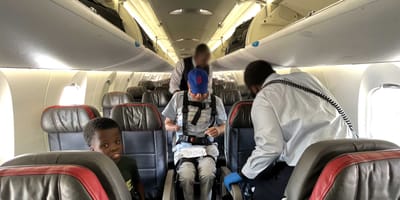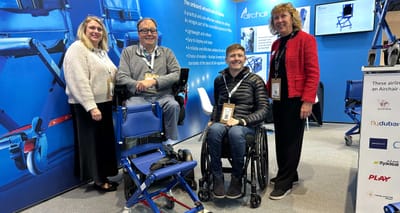Travel is full of unexpected surprises, and few trips go off without a hitch. But disabled travelers are much more likely to encounter issues because the world was designed for able-bodied people. In the United States and in many other countries around the world, equal access is a civil right. And so, when an airline, hotel or other travel provider mistreats you, I think you should get a little something extra to go along with their insincere (canned) apology.
Welcome to the Compensation Clinic, a new blog series where I’ll discuss the issues myself and other disabled travelers have faced, how those issues were resolved and what compensation we did (or didn’t) receive for the inconvenience and our lost independence, time and wages, etc. The goal is transparency — If you’d like to share your own compensation story, send an e-mail to mailbag@wheelchairtravel.org.
Wheelchairs damaged by airlines are a dime a dozen, but damage isn’t the only way a wheelchair can be mishandled. As I learned firsthand two weeks ago, it is possible for a gate-checked wheelchair to be forgotten and left behind.
What Happened: Wheelchair Left Behind in Dallas
On September 24, I was traveling on American Airlines flight 2630 from Dallas-Fort Worth to Houston, Texas. I took my power wheelchair to the door of the Boeing 737 aircraft and transferred into the aisle chair for boarding. My wheelchair was tagged properly for the trip to Houston, and an AA team member came to collect it from the jet bridge.
We pushed back from the gate a few minutes early. The flight was a quick one, with a great circle distance of just 224 miles. I had a drink and listened to the latest episode of my favorite podcast, Revisionist History by bestselling author Malcolm Gladwell.

The landing was smooth and we pulled up to the gate in short order. As the passengers deplaned, I packed my things and waited for the special assistance team to board. Because I was in seat 5A, I wasn’t able to see my wheelchair unloaded from cargo on the starboard side. I told the flight attendants that I would remain onboard at least until my chair had been unloaded, and asked them to keep an eye out.
About 15 minutes later, an American Airlines agent came to deliver some shocking news: the baggage handlers had found no wheelchair in cargo. For the first time ever, on what was my 733rd flight as a wheelchair user, my power wheelchair had been left behind. They weren’t sure where it was, but it hadn’t made the trip to Houston with me.
My layover in Houston was just over 4 hours. I hoped the wheelchair could be located and returned in time to catch my flight to Miami, where I would connect to Rio de Janeiro, Brazil.
After about 20 minutes of phone calls, the gate agent did locate my wheelchair — it was still in Dallas, and would be sent on a later flight due to arrive about 90 minutes thereafter. Staff took me to the Admirals Club lounge (I have a membership) using an airport wheelchair, and then to the bathroom. My lack of independence was frustrating, but what could I do without my own mobility device?
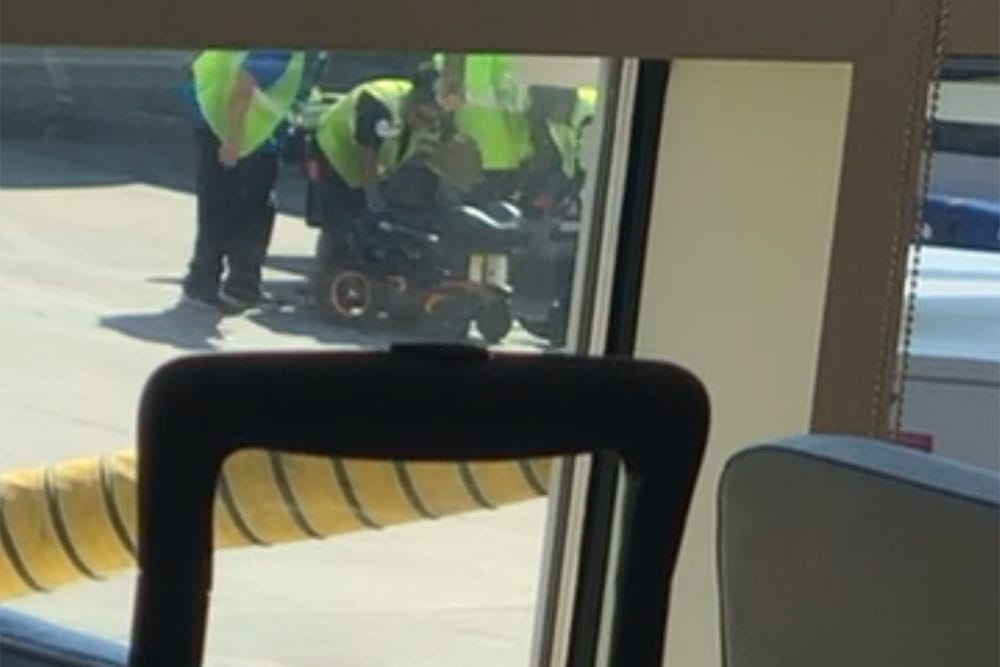
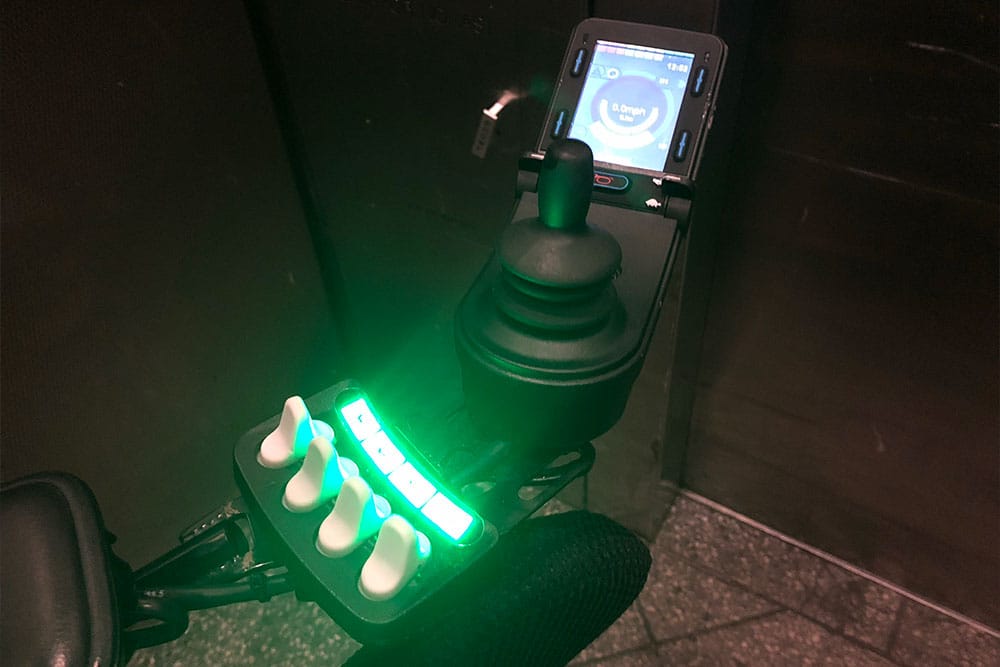
I spotted the wheelchair through the lounge window and snapped a grainy photo moments after its arrival. The American Airlines team was fantastic and brought it right up to the lounge.
Unfortunately, during transit, some earlier damage (caused by AA) had been made worse, and the joystick was barely attached. It needed to be repaired before my travel could continue.
Global Repair Group, AA’s third-party wheelchair repair contractor, sent someone out to reattach the joystick within 90 minutes. Although that is a very fast response time, it was not fast enough for me to make my connecting flight.
Because there were no other flight options to Rio de Janeiro, I had to be rebooked for the following day. The airline put me up in a hotel, and I spent the night in Houston.
The Brass Tacks
Due to my wheelchair being left behind and damaged by American Airlines, I arrived in Rio de Janeiro a full 24 hours later, traded a hotel night in Brazil for one in Houston, lost my independence for more than 2 hours and had to deal with yet another wheelchair repair. To add insult to injury, my wheelchair was damaged again the next day and I had to have a second repair done after arriving in Rio.
Compensation Result
While in Brazil, I received a call from an American Airlines customer care representative, who apologized for the inconvenience caused and promised to share my experience with the relevant departments.
I was offered 10,000 frequent flyer miles or a $250 flight voucher for my trouble. I took the latter.
Given that customers can be awarded 10,000 miles for a broken tray table or reading light, I thought the offer was weak. But that is the airline’s typical response to significant disability service failures. What does that say about how seriously American Airlines takes the civil rights of disabled passengers? I’ll leave that for you to decide.
I will be filing an ACAA complaint with the Department of Transportation.
Was 10,000 miles or a $250 flight voucher enough?
How much have you been compensated for airline service failures?
Let me know in the comments below!

